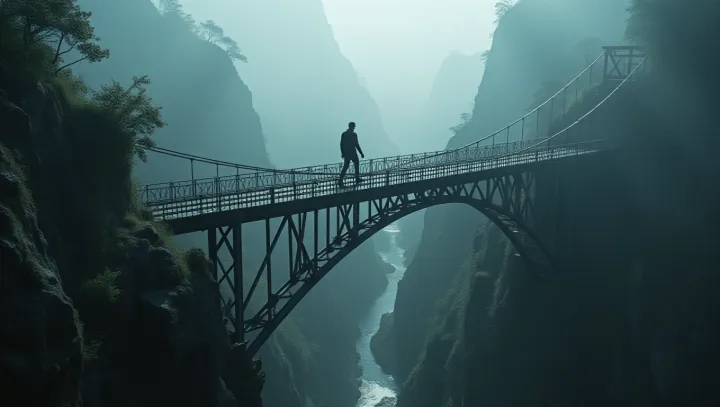Exploring the Perils of Iconic Bridges

In recent times, a growing number of adventurous travelers have been lured by the thrill of traversing some of the world's most hazardous bridges. From suspension marvels to hand-carved footbridges, these structures embody both architectural wonder and inherent risk, making them sought-after attractions. One such example is the Florence-Lugo Bridge, known for its breathtaking views and unique design.
Spanning the Italian countryside, it offers not only a practical crossing but also a vivid canvas of historical and cultural significance. Despite their allure, the safety of such bridges has been a pressing concern among engineers and authorities. Experts argue that while maintaining the charm and historical essence is vital, structural integrity must not be compromised.
Regular inspections and advancements in materials and methods are essential to prevent tragic accidents. Arlene Fisher, a structural engineer with over two decades of experience, states, 'Balancing history with modern safety standards is a formidable challenge. Yet, it is imperative for safeguarding travelers and preserving these landmarks.' As tourism continues to rise, the delicate interplay between attraction and danger becomes a crucial dialogue.
Preserving the cultural identity of these bridges while embedding cutting-edge safety features paves the way for a sustainable future in architectural tourism.
